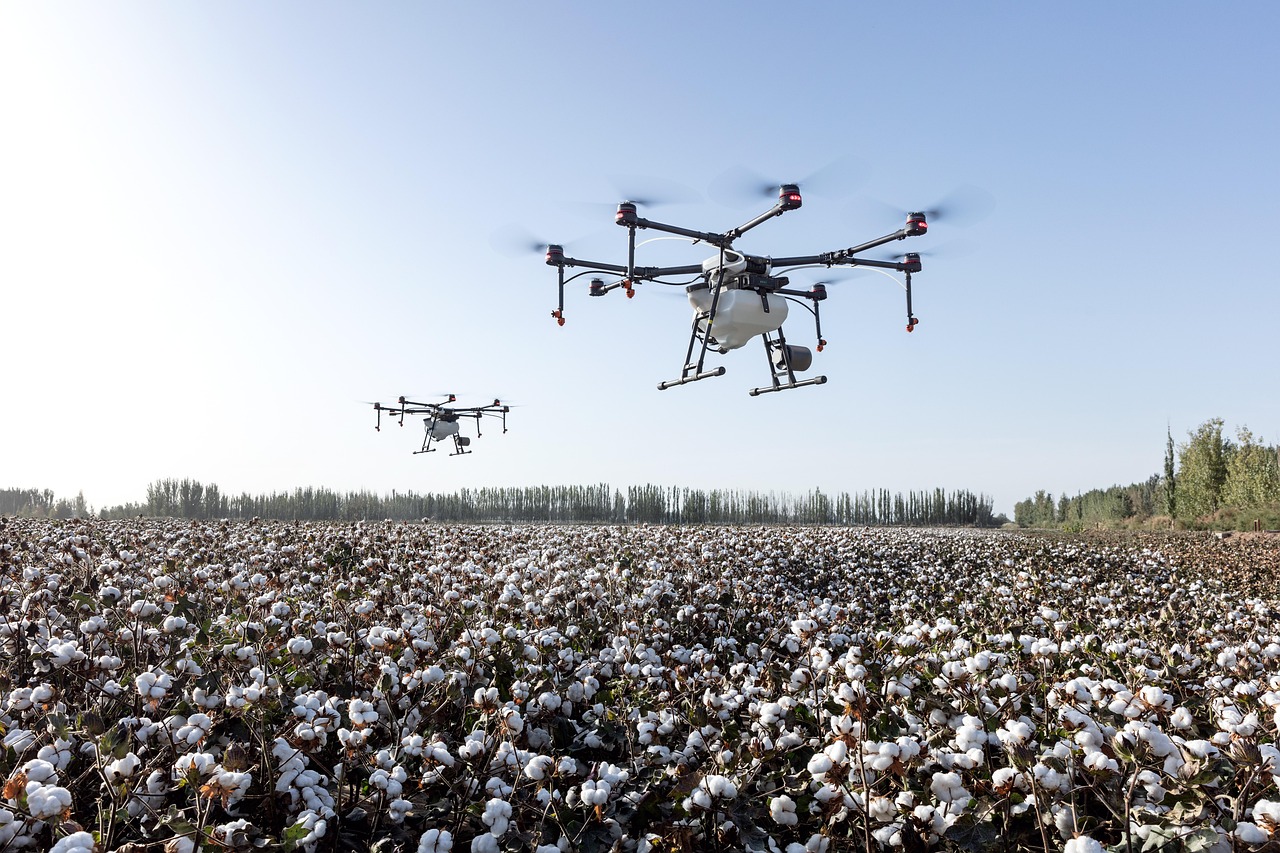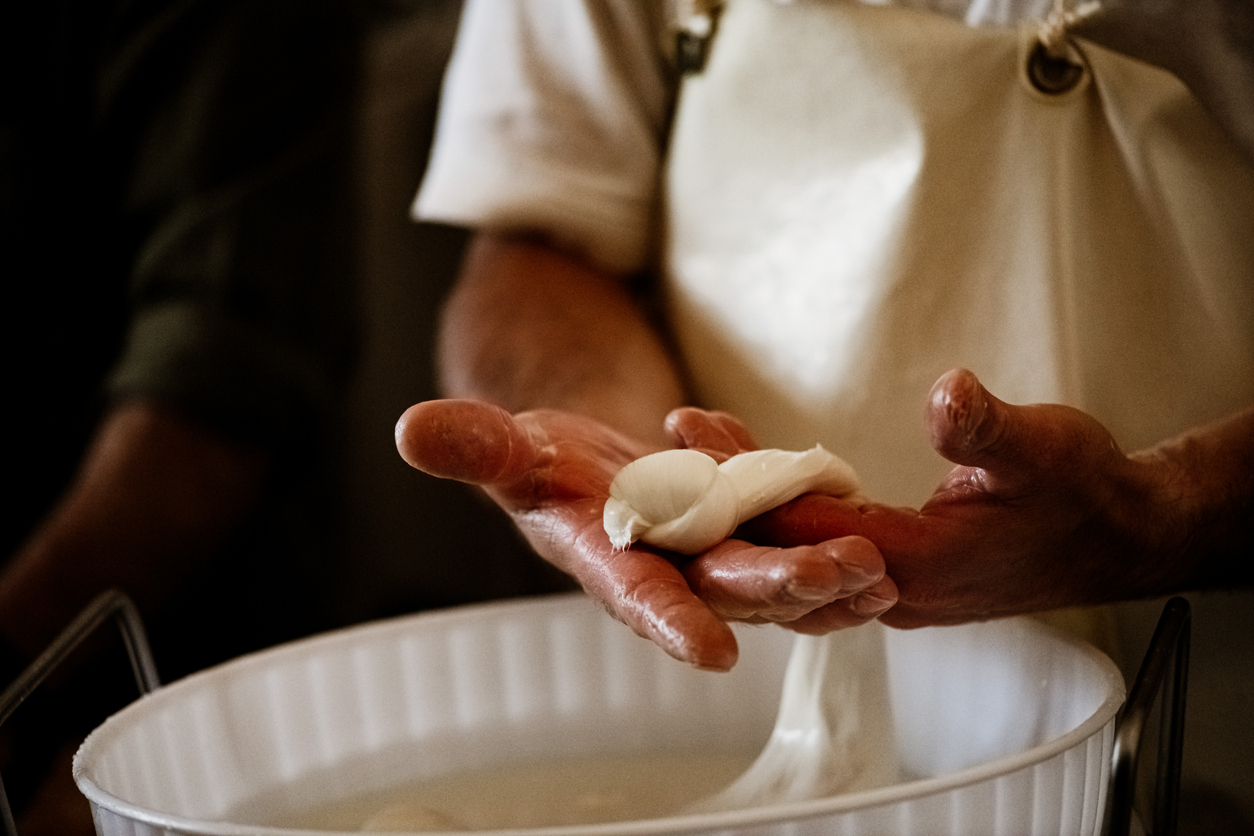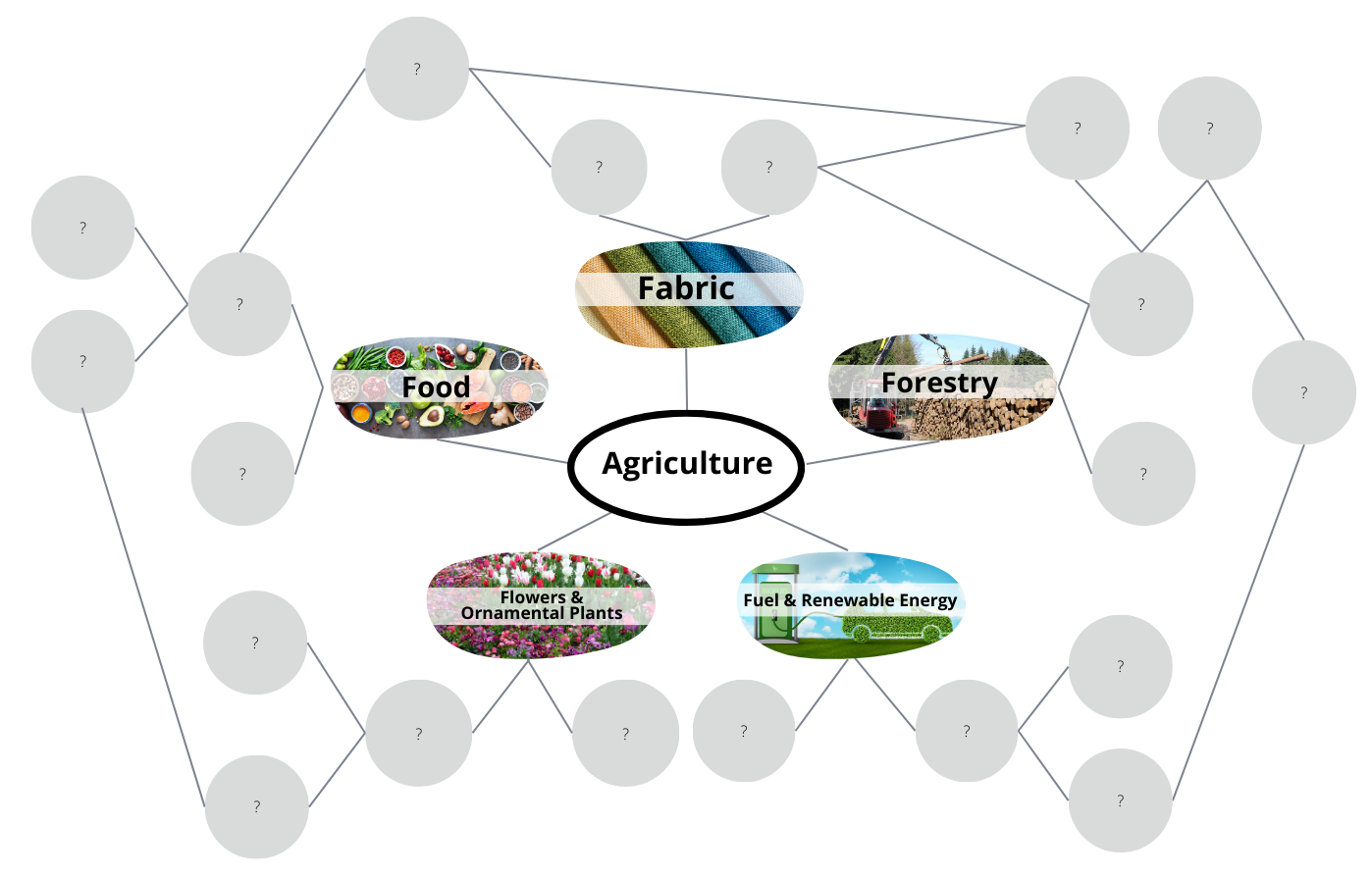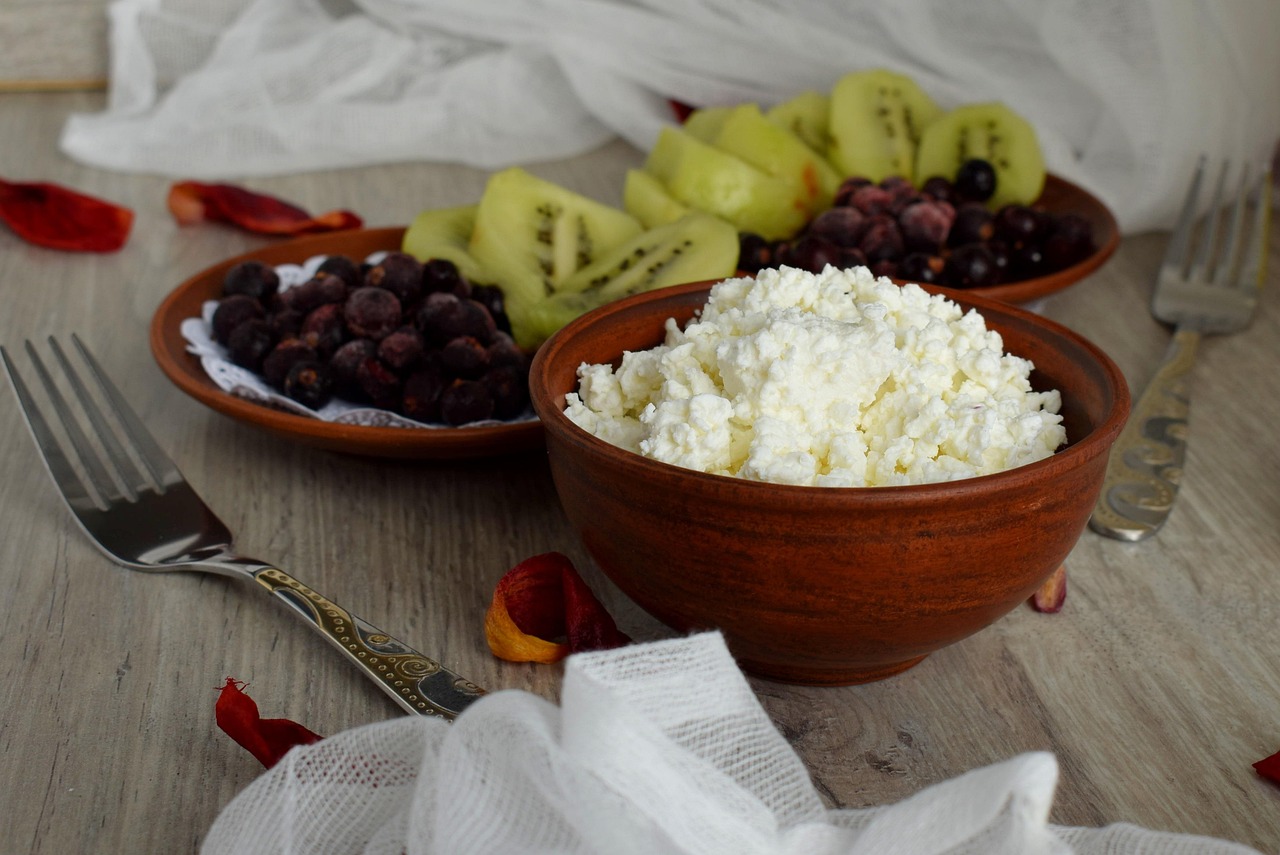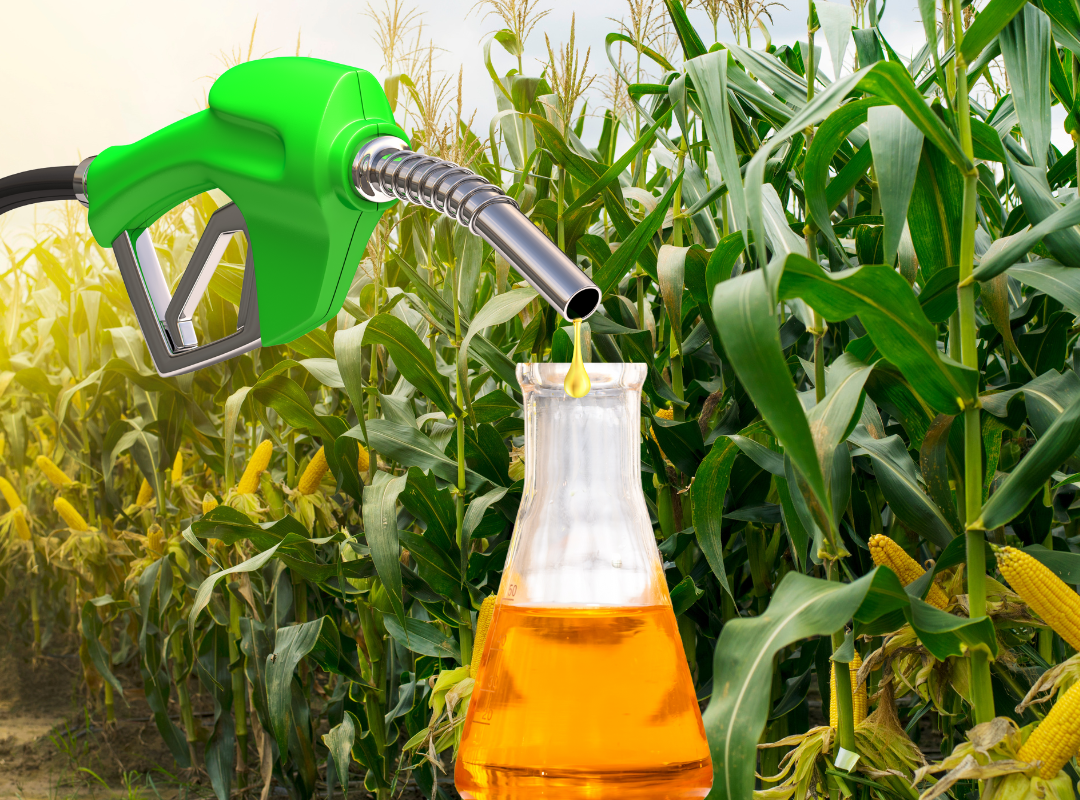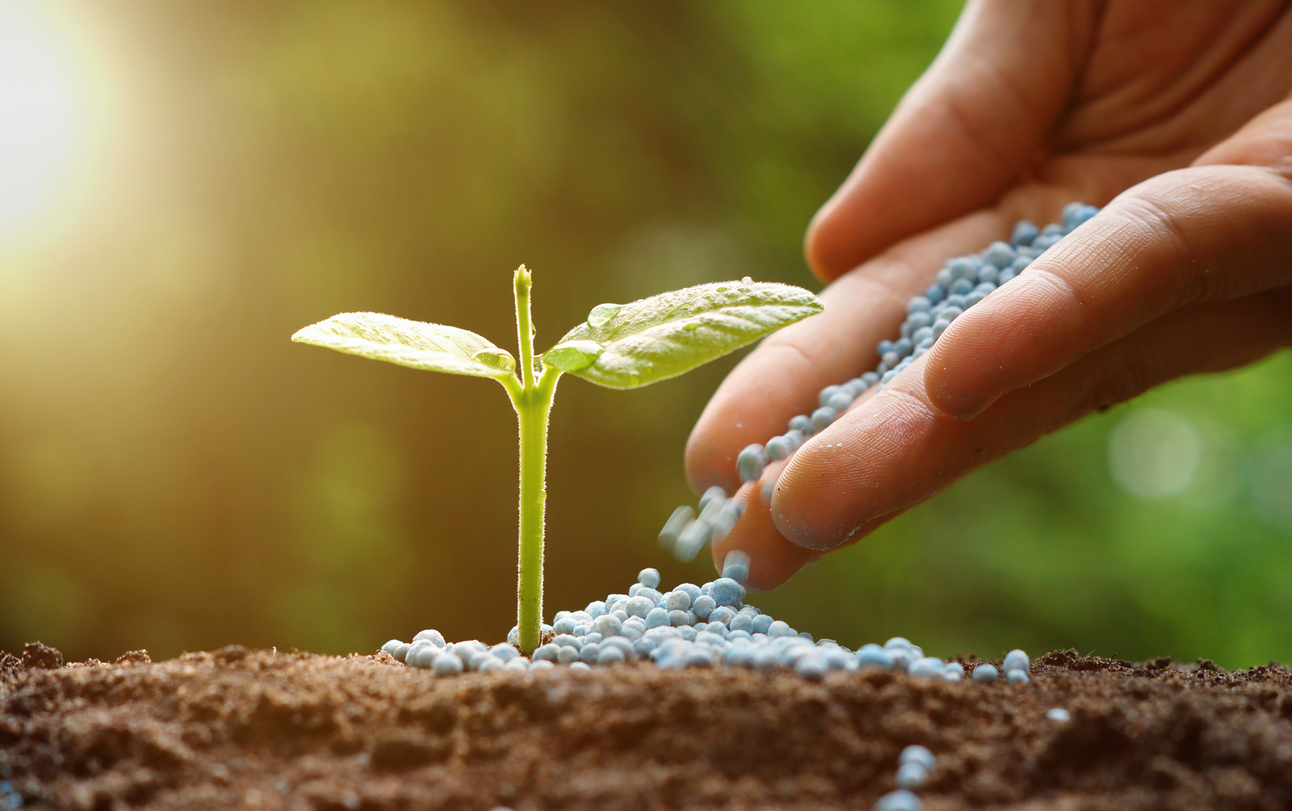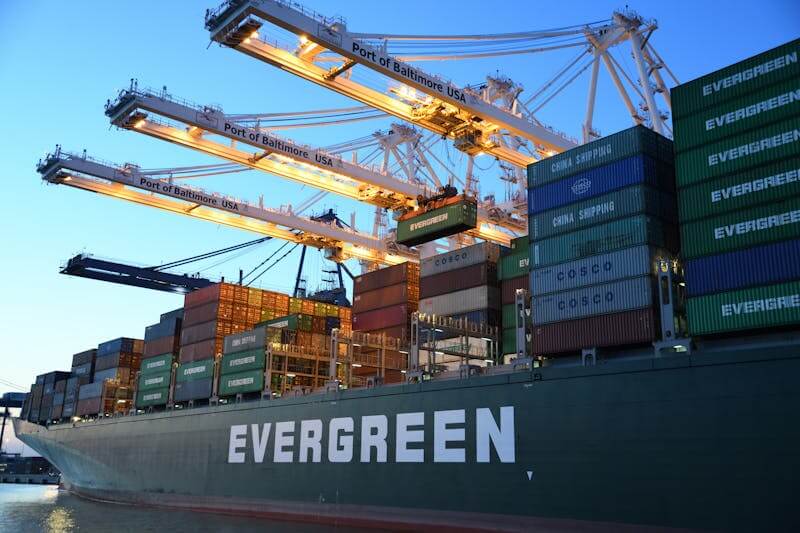FoodMASTER: Meal Management
Students choose foods from each of the five food groups to create a meal and calculate the cost of serving the meal to five people and to one person. Students are challenged to plan, prepare, evaluate, and eat a lunch meal that costs less than $1.50 per person.
